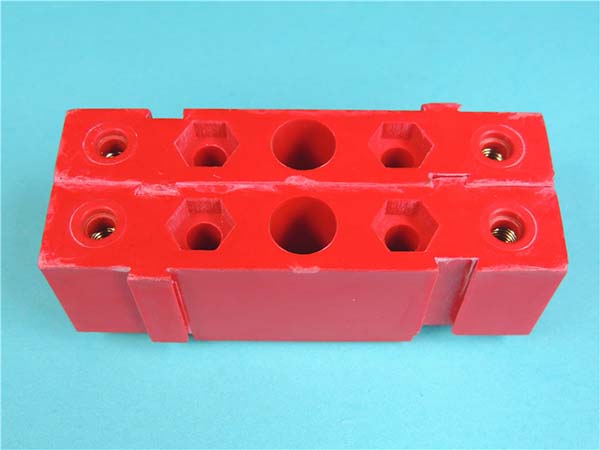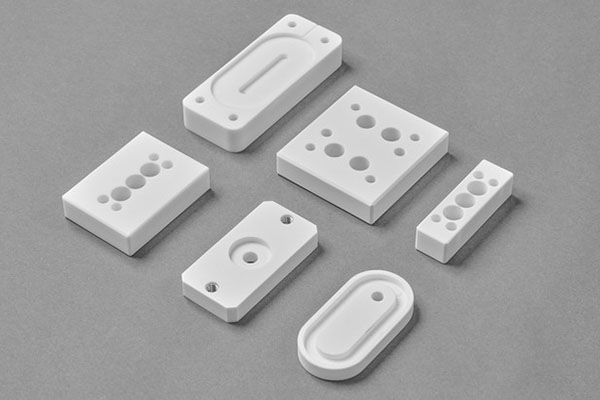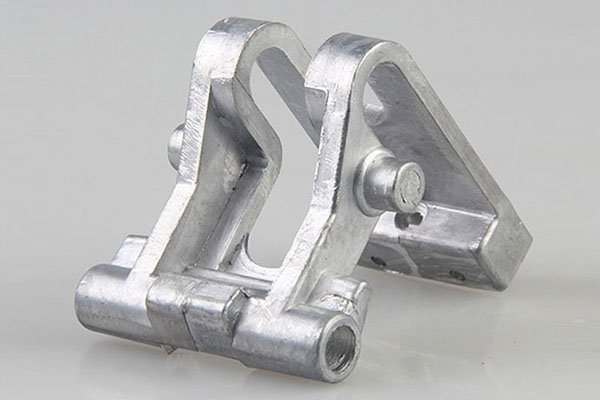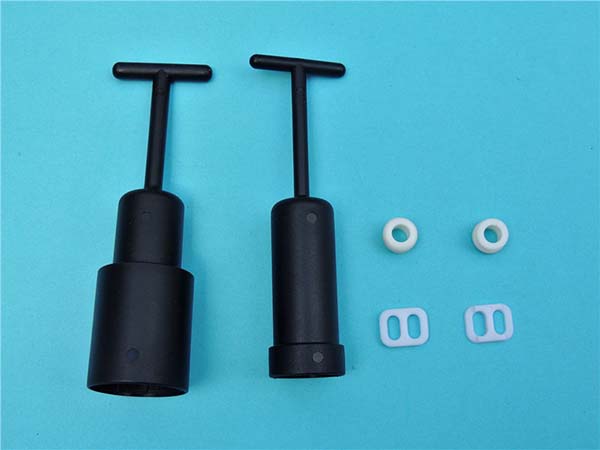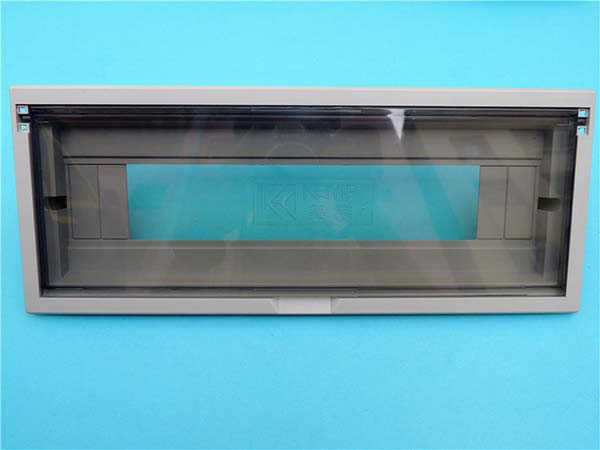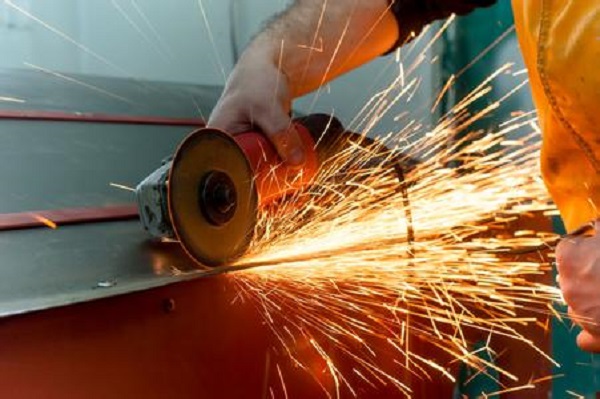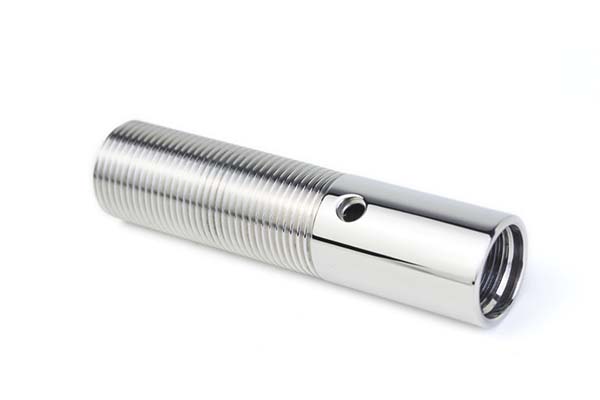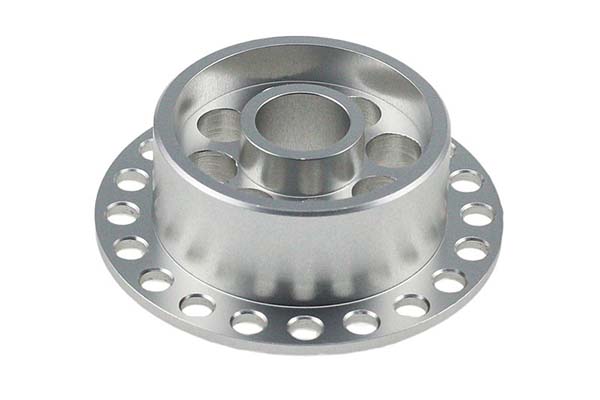Understanding Rapid Prototyping
Rapid prototyping, also known as RP, is a revolutionary technology that has transformed the product development landscape. At its core, rapid prototyping is a process of creating a physical model or prototype of a product from a digital design, typically using 3D printing or other additive manufacturing techniques.
The basic principle of rapid prototyping is to build a three - dimensional object layer by layer. First, a CAD (Computer - Aided Design) model of the product is created. This digital model is then sliced into thin cross - sectional layers by specialized software. Next, a rapid prototyping machine, such as a 3D printer, reads the layer - by - layer data and deposits or fuses materials accordingly to build up the physical object. For example, in fused deposition modeling (FDM), one of the most common 3D printing methods in rapid prototyping, a thermoplastic filament is melted and extruded through a nozzle, depositing material layer by layer to form the final product.
The importance of rapid prototyping in product development cannot be overstated. In the past, developing a prototype often involved complex and time - consuming processes such as traditional machining, injection molding, or casting. These methods required the creation of expensive molds or tooling, which could take weeks or even months to complete. With rapid prototyping, companies can significantly reduce the time and cost required to produce a prototype.
For instance, a startup in Sydney that is developing a new consumer electronic device can use rapid prototyping to quickly create a functional prototype within a few days. This allows them to test the form, fit, and function of the product much earlier in the development cycle. By getting feedback from potential users and making design improvements at this stage, they can avoid costly design changes later on.
The Process of Rapid Prototyping in Sydney
Design and Modeling
The journey of rapid prototyping in Sydney begins with design and modeling, a crucial stage that sets the foundation for the entire process. In this digital - first era, Computer - Aided Design (CAD) software is the primary tool used by designers. CAD software allows for the creation of highly detailed 3D models of the product. Designers can precisely define the shape, dimensions, and even internal structures of the prototype.
For example, in a Sydney - based industrial design studio working on a new power tool prototype, the designers use CAD software to create a 3D model. They can zoom in to adjust the smallest details like the texture of the grip for better ergonomics or the internal components' layout for optimal functionality. The precision of the CAD design directly impacts the quality of the final prototype. A minor error in the design, such as an incorrect measurement or a poorly designed joint, can lead to problems during the prototyping process or in the functionality of the final product.
Material Selection
Sydney's rapid prototyping industry offers a diverse range of materials to choose from, each with its own set of advantages and disadvantages.
| Material | Advantages | Disadvantages |
| PLA (Polylactic Acid) | Easy to print, low cost, biodegradable, comes in a variety of colors. | Low heat resistance, relatively brittle, not suitable for high - stress applications. |
| ABS (Acrylonitrile Butadiene Styrene) | Higher strength and heat resistance compared to PLA, more durable. | Strong odor during printing, requires a heated print bed, not biodegradable. |
| Nylon | Excellent strength and flexibility, good abrasion resistance. | Difficult to print, high cost, absorbs moisture over time. |
| Aluminum | High strength - to - weight ratio, good thermal and electrical conductivity, suitable for functional prototypes in engineering applications. | More expensive than plastics, requires more complex 3D printing or CNC machining processes, and post - processing may be more involved. |
| Stainless Steel | High corrosion resistance, great strength, suitable for prototypes in harsh environments. | High cost, complex processing, and may require specialized equipment for 3D printing or machining. |
When choosing a material for rapid prototyping in Sydney, factors such as the intended use of the prototype, budget constraints, and the capabilities of the prototyping equipment need to be carefully considered.
The Actual Prototyping Process
Once the design is finalized and the material is selected, the actual prototyping process begins. One of the most common methods is 3D printing. In a 3D printing process, the CAD model is sliced into thin layers by the printer's software. For Fused Deposition Modeling (FDM) 3D printers, which are popular in Sydney for their affordability and ease of use, a spool of thermoplastic filament (such as PLA or ABS) is fed into the printer. The filament is melted in the extruder and then deposited layer by layer onto the build platform according to the sliced model data.
Another important technique is CNC (Computer Numerical Control) machining. In CNC machining, a block of the chosen material, whether it's metal or plastic, is clamped onto a machine. The machine uses rotating cutting tools to remove material from the block, gradually shaping it into the desired prototype. CNC machining is often preferred when high precision and smooth surface finishes are required, such as in the production of prototypes for the aerospace or medical industries. For instance, a medical device prototype may need to have extremely precise dimensions and a smooth surface to ensure patient safety and proper functionality, making CNC machining a suitable choice.
Challenges and Solutions in Sydney's Rapid Prototyping
Technical Challenges
While rapid prototyping in Sydney offers numerous advantages, it is not without its challenges. One of the significant technical challenges is material limitations. Although a wide range of materials is available, the selection may still be restricted for certain applications. For example, finding a material that combines high strength, heat resistance, and excellent electrical conductivity for an aerospace - related prototype can be difficult. In some cases, the available materials might not fully meet the strict performance requirements of industries like medical or automotive, where biocompatibility and high - stress tolerance are crucial.
Precision is another major concern. In a study of 100 rapid prototyping projects in Sydney, it was found that about 30% of the prototypes had some level of dimensional inaccuracy. The conversion of a CAD model to a physical prototype often involves multiple steps, and each step can introduce errors. For instance, the slicing process in 3D printing can cause layer - thickness variations, which may lead to a rough surface finish or inaccurate dimensions. In CNC machining, tool wear and vibration during the cutting process can also affect the precision of the prototype, making it deviate from the original design specifications.
Solutions
Sydney's rapid prototyping industry has been actively working on solutions to these challenges. To address material limitations, local research institutions and companies are constantly researching and developing new materials. For example, the University of Sydney, in collaboration with several local manufacturing firms, has developed a new composite material that combines the strength of metal and the lightweight properties of plastic, which shows great potential for use in automotive and aerospace prototypes.
In terms of precision, advanced technologies are being adopted. Many rapid prototyping service providers in Sydney are using high - end 3D printers with advanced calibration systems. These printers can automatically adjust the printing parameters during the process to ensure consistent layer thickness and better dimensional accuracy. For CNC machining, state - of - the - art machines with vibration - damping technology and real - time tool - wear monitoring systems are being employed. This allows operators to detect and compensate for tool wear promptly, maintaining the precision of the machining process and ensuring that the final prototype closely matches the original design.
Yigu Technology's View
As a non - standard plastic and metal products custom supplier, Yigu Technology has rich experience in rapid prototyping. We understand that every project in Sydney has its unique requirements. Our advantage lies in our ability to offer a wide range of materials, including specialized plastics and metals, to meet diverse needs.
We have state - of - the - art equipment and a team of skilled engineers who are proficient in both 3D printing and CNC machining processes. This allows us to ensure high - precision prototypes, minimizing the common precision issues in the industry. Whether it's a small - scale startup looking for an innovative product prototype or a large - scale enterprise in need of functional prototypes for testing, we are committed to providing tailored solutions. Our focus on customer satisfaction means we work closely with clients from the design stage to the final product delivery, ensuring that their vision is accurately translated into a high - quality prototype.
FAQ
What are the most common materials used for rapid prototyping in Sydney?
In Sydney, some of the most common materials for rapid prototyping include:
- PLA (Polylactic Acid): It is a popular choice due to its ease of use. PLA is easy to print, has a low cost, and is biodegradable. It comes in a wide variety of colors, making it suitable for visual prototypes. However, it has low heat resistance and is relatively brittle, so it's not ideal for high - stress applications.
- ABS (Acrylonitrile Butadiene Styrene): ABS offers higher strength and heat resistance compared to PLA. It is more durable, which makes it suitable for functional prototypes that need to withstand some wear and tear. But it has a strong odor during printing and requires a heated print bed. Also, it is not biodegradable.
- Aluminum: Aluminum is used when a high strength - to - weight ratio is needed, along with good thermal and electrical conductivity. It is suitable for engineering applications where the prototype needs to mimic the properties of the final product, such as in the automotive or aerospace industries. However, it is more expensive than plastics and requires more complex 3D printing or CNC machining processes.
How accurate is the rapid prototyping process in Sydney?
The accuracy of the rapid prototyping process in Sydney can vary depending on several factors. In general, high - end 3D printers and CNC machines can achieve very high precision. For 3D printing, the layer thickness is a crucial factor affecting accuracy. Most desktop 3D printers can achieve a layer thickness of 0.1 - 0.3 mm. Industrial - grade 3D printers can sometimes reach layer thicknesses as low as 0.01 mm, resulting in a more accurate and smoother finish.
CNC machining in Sydney can offer extremely high precision, often within ±0.01 - ±0.1 mm, depending on the complexity of the part and the capabilities of the machine. However, factors like material properties, the quality of the CAD model, and the skill of the operator can all impact the final accuracy. For example, if the material has a high coefficient of thermal expansion, it may expand or contract during the prototyping process, leading to dimensional inaccuracies.
